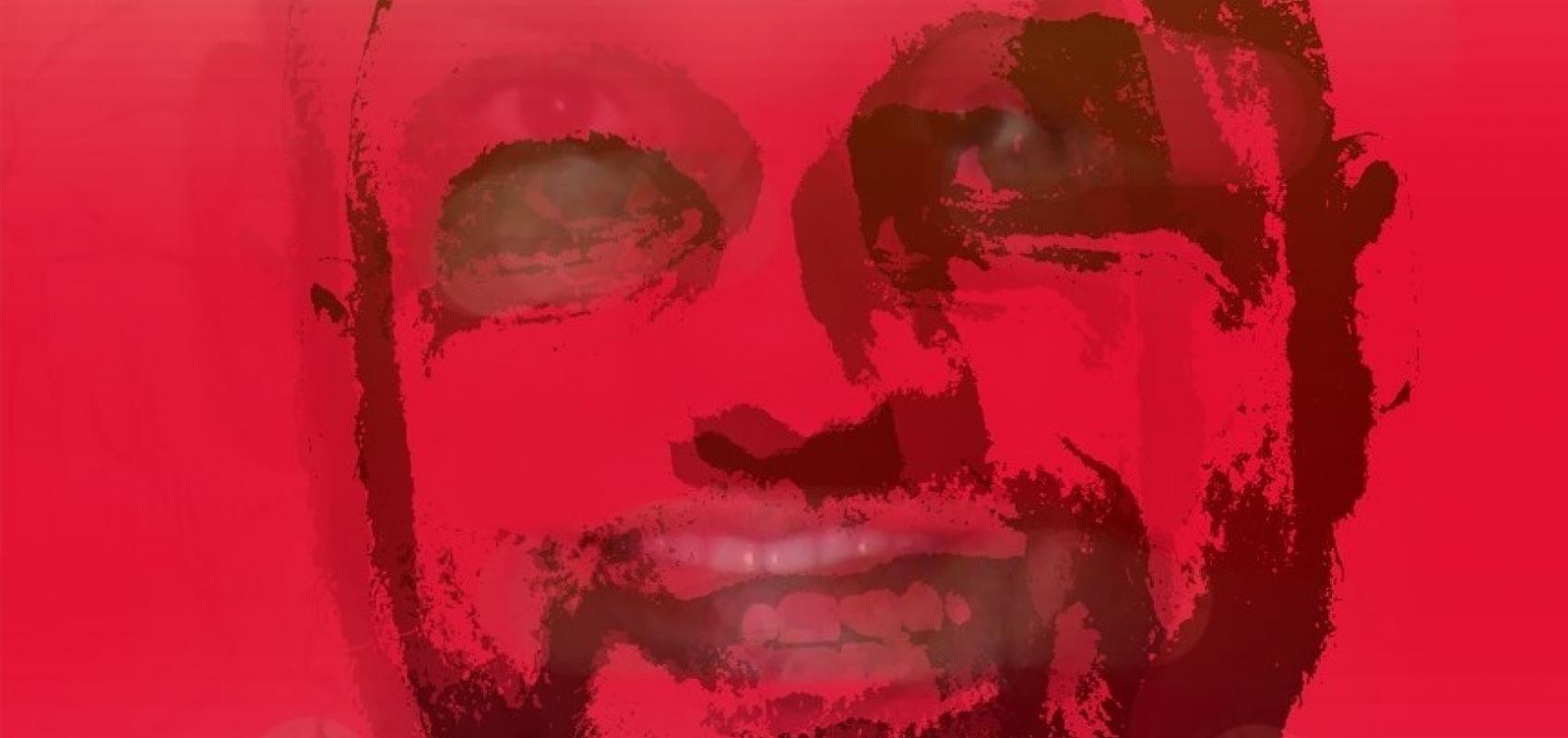As a great dreamer of the city of columns, Douglas Perez Castro takes possession of its essences, its morphology, its praised insularity. In his series Pictopía, he materializes Havana with a different figuration, a visuality that invites to enter the paintings and live a world full of strange, unusual figures, after all, nothing is foreign to the capacity to imagine.
The artist prefers to play with the surrounding reality, rather than feel its weight "like something torturing or chaotic", because Havana can be food for bad temper and other passions, but you relax your gaze and let yourself be carried away by that mysterious charm that nobody knows where it comes from, but that lives in the roots of the city.
In Pictopía you recreate a somewhat alienated Havana. What does the capital Douglas Perez Castro mean?
It's a concept, it's basically a state of mind. Everyone has an image of Havana that they understand and reflect individually, as well as palpable and concrete Havana.
As for Habanamotor's, Pictopia's works, they allude to the transport problem, they are a tribute to the great brands of old cars, say Chevrolet, Buick, Cadillac among others. It also denotes a very particular moment of that industry, the splendor during the '50s, and Havana has the particularity of feeding that myth day by day, not only for the tourist who comes from outside, but also for the inhabitants of the city.
Have you ever feared adding glitter to your works and that the discourse could be interpreted in another way?
I really like glitter, nail polish, even its smell, texture and shine; I also like satin surfaces. For me it is important the aesthetic invoice that the works have, there are artists who are allowed licenses and cover more the ideological aspect of the idea, the concept, more than the physical aspect as such.
Glitter, for example, is associated with kitsh. In my case it has another meaning, I try to demystify or somewhat displace the idea of seeing painting as something strictly sacred, based on rigid structures. One of the things that make Cuban art interesting is that artists gravitate in a context very rich in expressions, from what is understood as high and fine, to the vulgar or popular.
As an artist, you are active in social networks. What do you think about spreading your work in the new multimedia scenery?
They are tools that have arrived and in which I try to extend my language, social networks fulfill that function. Another thing, I don't make art for personal consumption, but to make it available to the spectator, that entity capable of deciphering the keys of the language or intentions that the creator has. Networks are fundamental for that.
Now, the way you do it is where everyone has to be strategic and intelligent, to compete between all the information that exists in the networks and the accessibility to it, because the networks do not discriminate.
There are those who say that Facebook, Instagram, Twitter are platforms where human stupidity is magnified, but I am one of those who think that intelligence and skills are also magnified, the issue is to be able to discern and be skillful enough to understand that it is a tool, among other useful things, to bring people together.
What advantages does it allow you to create in small format and backhand?
A small object, say a painting, sculpture or photograph, automatically awakens in people the instinct of appropriation or worship, something that can become personal because of its easy adaptation.
In the case of a large or monumental work, it automatically awakens a feeling of discourse or propaganda, in the broadest sense of the term. Its mere presence disseminates information and therefore has a why. It is not the same to observe a work of monumental scale in a museum than in the room of your home, symbolically it has another meaning for you. They are analyses that people normally do not make them aware of, but artists do make use of it and seek to activate this co-process of interpretation during the realization of the works.
I give the Pictopia series as an example, where the works are great because they evoke that feeling of rimbombancy, ornament and saturation of the idea of progress. Based on this, a large part of my work is articulated.
Who is Douglas Perez Castro? How would you define ypurself?
I'm Cuban, I think it's the most acceptable definition from my point of view. Then I define myself as a creator, also a Cuban, where I try to live with the process of artistic creation. I'm disciplined and organized, an art fanatic.
Basically, I see life from an optimistic perspective and I try to make my work revolve more around positive elements, where love can be deepened, in the celebration of life, from an open position to the positive, I prefer to play with that perspective before feeling the weight of reality as something torturing or chaotic.





